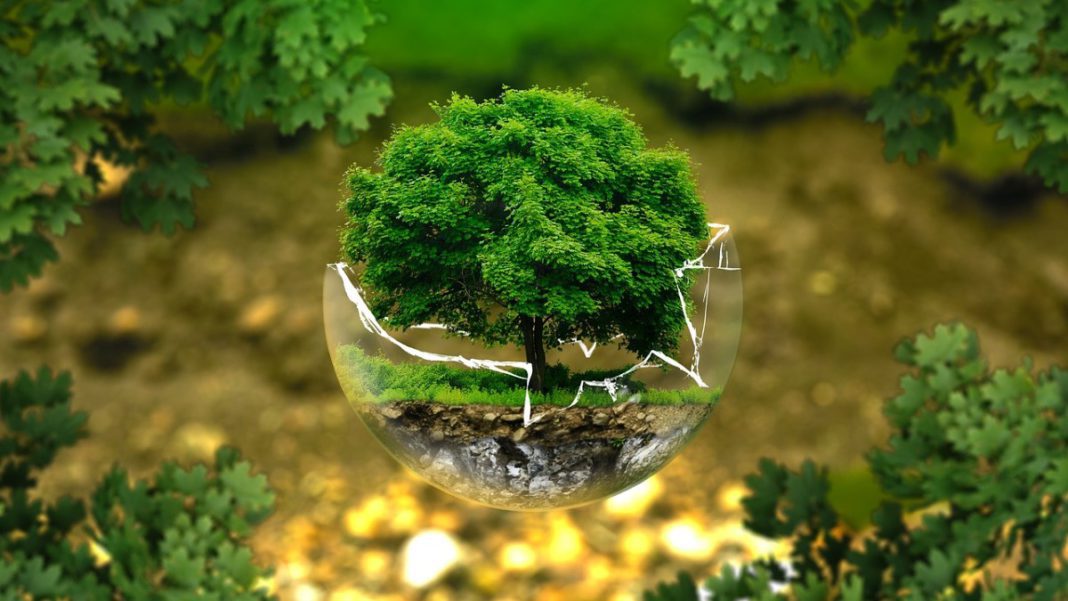INDIA: In the intricate tapestry of nature, there exists a fundamental principle that governs the growth and development of organisms: Liebig’s Law of the Minimum.
This timeless ecological concept, first proposed by German chemist Justus von Liebig in the 19th century, elucidates the key factor that limits the success of any biological process.
Liebig’s Law of the Minimum posits that the growth, abundance, and productivity of a plant or organism are determined by the scarcest essential resource available to it.
In essence, no matter how plentiful other resources may be, if a critical factor is deficient or lacking, it becomes the “limiting factor” that hinders optimal growth and development.
Imagine a garden with various plants requiring water, sunlight, and nutrients to thrive. If each of these elements is provided abundantly except for water, the growth of the plants will be limited by the scarcity of water. Even if sunlight and nutrients are in surplus, the lack of sufficient water will restrain the plants from reaching their full potential.
This concept can be applied to various ecological systems, from agricultural practices to natural ecosystems. In farming, the growth of crops depends on the most limiting nutrient available in the soil. For example, if the soil lacks an essential nutrient like nitrogen, even with ample water and sunlight, the crop’s growth will be stunted.
Liebig’s Law of the Minimum also explains the delicate balance in ecological communities. In a forest ecosystem, the presence of diverse plant and animal species relies on the availability of critical resources like space, food, and shelter.
If one of these resources becomes scarce, it may lead to competition among species or, in extreme cases, the disappearance of some species altogether.
Ecologists often use this principle to manage and restore ecosystems effectively. By identifying and addressing the limiting factors, they can promote the growth and recovery of certain species and maintain the ecological balance.
The concept of Liebig’s Law of the Minimum extends beyond the realm of biology. It finds applications in various fields, including economics, business, and education.
In the context of education, for instance, the principle suggests that a student’s performance is determined by the most deficient aspect of their learning experience. By focusing on improving the weakest areas, educators can enhance overall academic achievement.
Moreover, businesses can use this principle to identify and address their shortcomings to achieve maximum efficiency and productivity. By recognizing the limiting factors that hinder growth, they can allocate resources more effectively to optimize their operations.
Liebig’s Law of the Minimum also plays a crucial role in sustainable development and environmental conservation. Understanding the vital resources required for the survival of species and ecosystems allows policymakers to make informed decisions and create effective strategies to protect the environment.
As human activities continue to impact the planet, Liebig’s Law of the Minimum serves as a poignant reminder of the fragility and interconnectedness of Earth’s ecosystems. By acknowledging and respecting the limits imposed by essential resources, we can work towards a harmonious coexistence with nature.
Also Read: Quantum Gravity Paradox: Unraveling the Mysteries of the Fundamental Forces of the Universe



